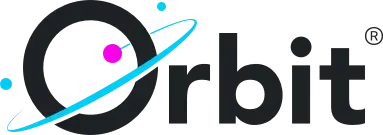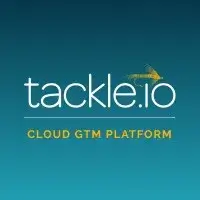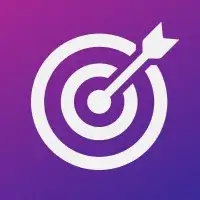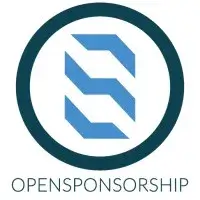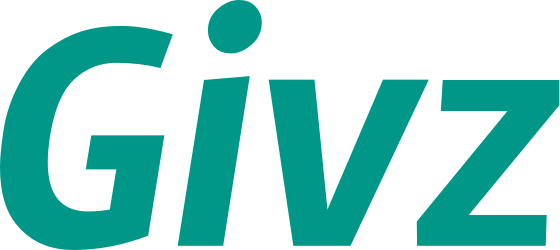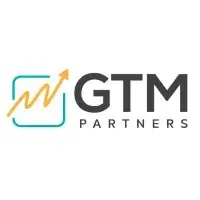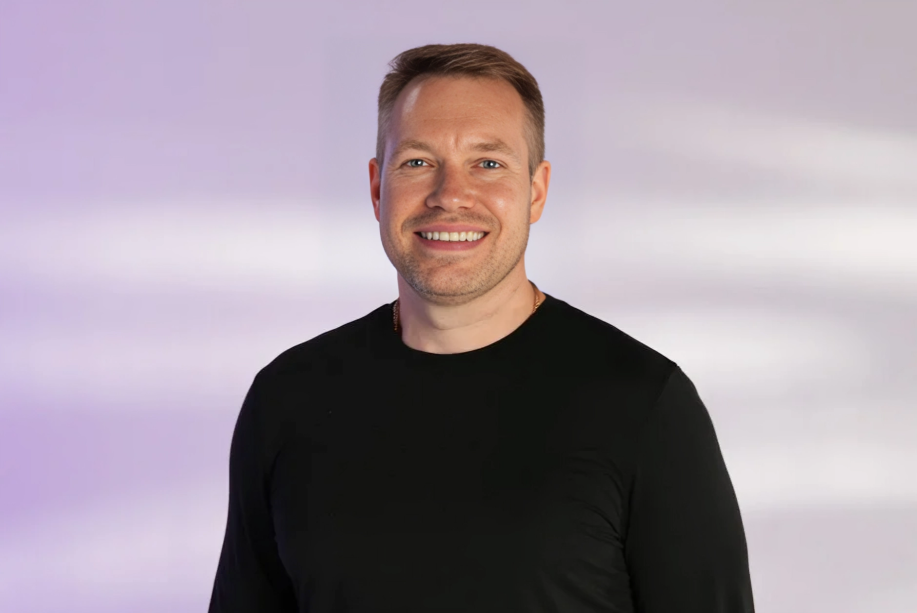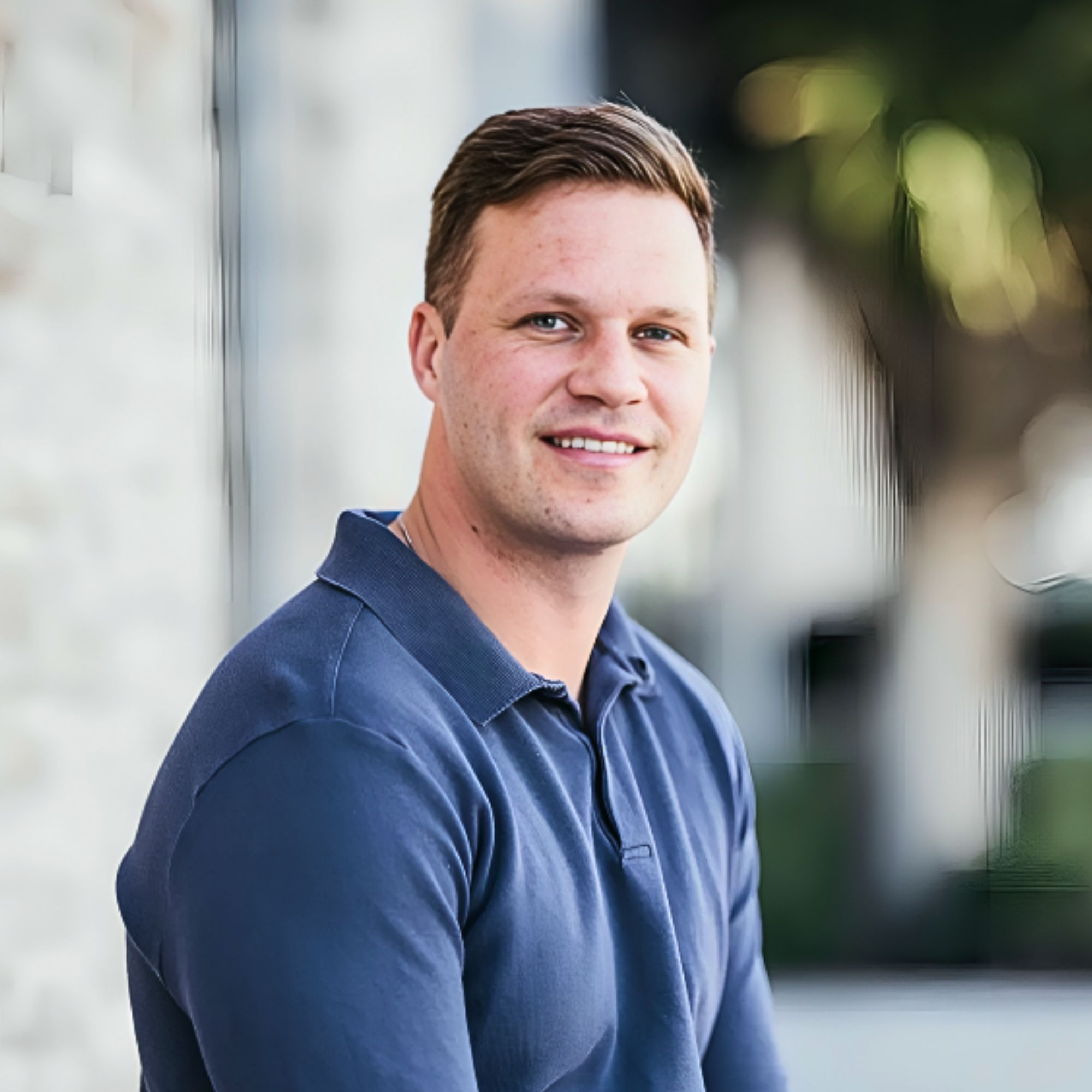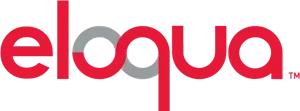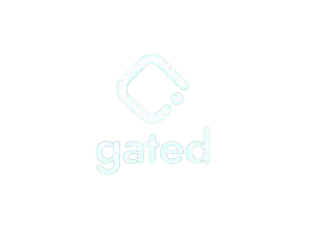Ready to build your own Founder-Led Growth engine? Book a Strategy Call
Frontlines.io | Where B2B Founders Talk GTM.
Strategic Communications Advisory For Visionary Founders
Actionable
Takeaways
Target the back-office before the front-office:
While many AI companies rush to automate customer-facing roles like SDRs, Elio emphasizes that the real ROI lies in back-office automation. He cites an MIT study showing that 95% of AI investments fail when focused on last-mile customer interactions, while back-office process automation delivers measurable results. B2B founders should prioritize automating the tedious work that doesn't directly touch customers but enables better customer engagement.
Enterprise customers require co-creation, not just deployment:
Scalestack's success with MongoDB, Redis, and other large customers came through what Elio calls "deployment engineers" - essentially building custom solutions collaboratively. He draws inspiration from Palantir's model of developing technology alongside customers. This approach requires significant upfront investment but creates defensible technology that can be productized for the broader market. B2B founders targeting enterprise should be prepared to invest in customer success resources that can handle complex, bespoke implementations.
Use customer language to refine your messaging:
Elio completely redid Scalestack's website based on language extracted from hundreds of customer calls and podcast interviews. He emphasizes that "customers always have the best words" because they've lived the pain most deeply. Rather than relying on internal assumptions about positioning, B2B founders should systematically capture and analyze how customers describe their problems and desired outcomes.
Cold email still works with enterprise buyers when done strategically:
Scalestack's first major customer, MongoDB, came from a cold email to their SVP of Sales Ops. The key was targeting someone (employee #8 at MongoDB) who had an entrepreneurial mindset and curiosity about learning from vendors. Elio's insight: enterprise operators often want to learn from startups tackling similar problems, whether to buy the solution or implement it internally. B2B founders should research target prospects' backgrounds and approach those with startup experience or operational curiosity.
Podcasting as ABM for enterprise sales:
Elio uses his "Revenue Engine Masters" podcast strategically as an account-based marketing tool, targeting specific people at target companies rather than focusing on broad reach. After recording nearly 20 episodes, he's seeing inbound interest and using the content to extract messaging insights. The podcast also strengthens relationships with prospects and customers who participate. B2B founders should consider podcasting not as a mass-market strategy but as a high-touch relationship-building tool for their ideal customer profile.
Conversation
Highlights
The Manual Work Tax: How Scalestack Discovered the Hidden ROI in Back-Office AI Automation
Sales reps spend 72% of their time on everything except talking to customers. For years, this statistic has haunted go-to-market leaders, yet the problem persists across enterprises worldwide. In a recent episode of Category Visionaries, Elio Narciso, Co-founder and CEO of Scalestack, revealed how his company stumbled upon the solution by making a critical mistake first.
Scalestack has raised $3.1 million to build what Elio calls “go-to-market orchestration and activation platform” – but the path to their current success required abandoning their original vision entirely.
The Rush to Automate Everything
Like many AI startups in 2022, Scalestack initially chased the obvious target: replacing human sales development representatives with AI agents. The promise seemed irresistible – automate the most expensive, hardest-to-scale part of the sales funnel.
“Two years ago we did like rush and build like an agent that would do that sending emails,” Elio admits. “But then we stepped back, talk better and now we are like releasing agentic workflows that do all of that, like back office PC work, manual work that people have to do.”
The pivot came after Elio discovered research from MIT showing that 95% of AI investments in enterprises were failing to produce results. The study revealed a crucial insight: companies were automating the wrong processes.
“There has been a rush to say, oh, let’s completely automate the SDR,” Elio explains. “While instead the study says that like, while that last mile activation has, you know, huge implications in how you engage with humans at the other end… the majority and bigger ROI is in the back office type of automation.”
Discovering the Manual Work Tax
Scalestack’s breakthrough came from studying actual rep behavior at MongoDB. Through interviews with hundreds of sales representatives, they uncovered what Elio terms the “manual work tax” – the hidden cost of tedious, necessary work that drains productivity.
“All of them are on LinkedIn, like all of us and all of them are hungry for like good and up to date contact details for the people that they find interesting on LinkedIn to reach out,” Elio discovered. The process was painfully manual: “Click, click on multiple Chrome extensions. Then like once you find like a contact detail that looks interesting and solid and usable, manually copy that pasted on a spreadsheet, maybe update the CRM.”
This seemingly simple task consumed 3-5 minutes per contact. Multiply that across hundreds of prospects, and the manual work tax becomes enormous.
Scalestack’s solution was an agentic Chrome extension that eliminated this friction entirely. “You click on just our own Chrome extension that caused in the background an agentic orchestrator that does that job for you,” Elio explains. The system validates contact details through tools like Zero Bounce and automatically updates CRM systems, completing in under three seconds what previously took minutes.
The Enterprise Customer Acquisition Strategy
Scalestack’s path to landing MongoDB as their first major customer reveals a counterintuitive approach to enterprise sales. Rather than targeting decision-makers through traditional channels, they focused on operators with entrepreneurial experience.
“We sent an email to Megan, who used to be the SVP of Sales Ops at MongoDB,” Elio recalls. “I discovered after the fact that she was employee number eight on MongoDB. So she was really an entrepreneur, you know, like, although this guy’s as an employee.”
When Elio later asked why she responded to their cold email, Megan’s answer provided a crucial insight into enterprise buyer psychology: “I think that I learned a lot by talking to vendors that seem to know what they’re doing, and they are, like, approaching me in, like, a way that makes sense. And I’m always curious to learn because, I mean, probably they’ve been doing this for a number of years.”
This single relationship became the foundation for Scalestack’s customer base. “Once you get one, they talk to other customers. So we got redis because of MongoDB and we got, like, Astronomer because of another relationship with another customer.”
The Co-Creation Model
Scalestack’s approach to enterprise customers draws inspiration from Palantir’s deployment model. Rather than selling software as a finished product, they embed “deployment engineers” who work directly with customers to build solutions collaboratively.
“I talk a lot about like our admiration for Palantir where like, you know, they work with customers and they develop with customers,” Elio explains. “We’re not a service company, but like a lot of our technology has been born by like close collaboration and a lot of questions and a lot of listening.”
This approach requires significant upfront investment but creates defensible technology. “Everything that we have learned, like with customers, has been brought back into the platform and made generally available to all customers,” Elio notes.
The results speak for themselves. At Redis, Scalestack increased data hygiene from 40% to 90%. “VP of sales at Redis… say like, wow, now I can trust the data to distribute an equitable book of business across my sales,” Elio shares.
Customer-Driven Messaging Strategy
Perhaps Scalestack’s most valuable lesson involves letting customers write their messaging. After hundreds of customer conversations and podcast interviews, they completely rebuilt their website using language extracted from actual customer interactions.
“We completely redid the website a couple of months and like, a lot of the messaging is not like, stuff that were like, thinking, but like, the result of, you know, hundreds of calls,” Elio explains. “Customers always have the best words, always, and have the best clarity because they have lived the pain so deeply that they can tell you exactly how it feels.”
This approach extends to their content strategy. Elio’s podcast, “Revenue Engine Masters,” serves as targeted account-based marketing rather than broad audience building. “It’s not like a scale function yet, but it’s mostly like an ABM strategy… we are targeting specific people, specific companies.”
The Intelligence Layer
Scalestack’s current platform represents something more sophisticated than simple automation. Their agents make contextual decisions about data sources and validation methods based on company characteristics.
“This is a larger company, so probably like Dun and Bradstreet is a better data source than Branchbase for startups. Branchbase is way better than Bradstreet,” Elio explains. “Then maybe if there is too much discrepancy between the two data sources, I release another agent that like does additional research on press releases or other places to get back, hopefully an additional data point.”
This intelligence layer addresses a fundamental challenge with AI implementations: “If you give to AI bad data, the results are terrible… if you put bad data into AI, it amplifies almost because it gives a layer of credibility to the data and that’s like really bad.”
The Vision Beyond CRM
Scalestack’s long-term vision extends beyond workflow automation to challenging the fundamental architecture of go-to-market technology. Elio sees an opportunity to replace traditional CRM systems with what he calls “systems of action.”
“I do think that it’s a product that was born to be sold to and bought by CFOs and like leaders, not for the YouTube. If you have used Salesforce. It’s like, you know, a disaster. It’s very complicated and it’s like almost like overwhelming,” Elio observes.
His vision: “Eventually we want to have so many actions that will become also the system of record and in a way that constantly updates itself autonomously and automatically so that there is no drudgery, no manual work that you have to do.”
The Lesson for B2B Founders
Scalestack’s journey reveals a crucial insight for B2B founders building in the AI space. The most valuable automation opportunities often exist in the least glamorous processes – the back-office work that enables human performance rather than replacing human judgment.
“We devote the most interesting components of the work in go to market only to the most strategic, creative, like human interface and human like interaction and everything else is handled by machines,” Elio concludes.
The manual work tax isn’t just about productivity; it’s about human potential. By eliminating the tedious tasks that drain energy and focus, companies can redirect their most valuable resource – human intelligence – toward the work that truly matters: building relationships, solving complex problems, and driving strategic decisions.
For enterprise B2B founders, Scalestack’s story demonstrates that the biggest opportunities may not be in the most obvious places, but in the mundane processes that everyone accepts as necessary evils. Sometimes the most revolutionary approach is simply asking: what if we didn’t have to do this manually anymore?










